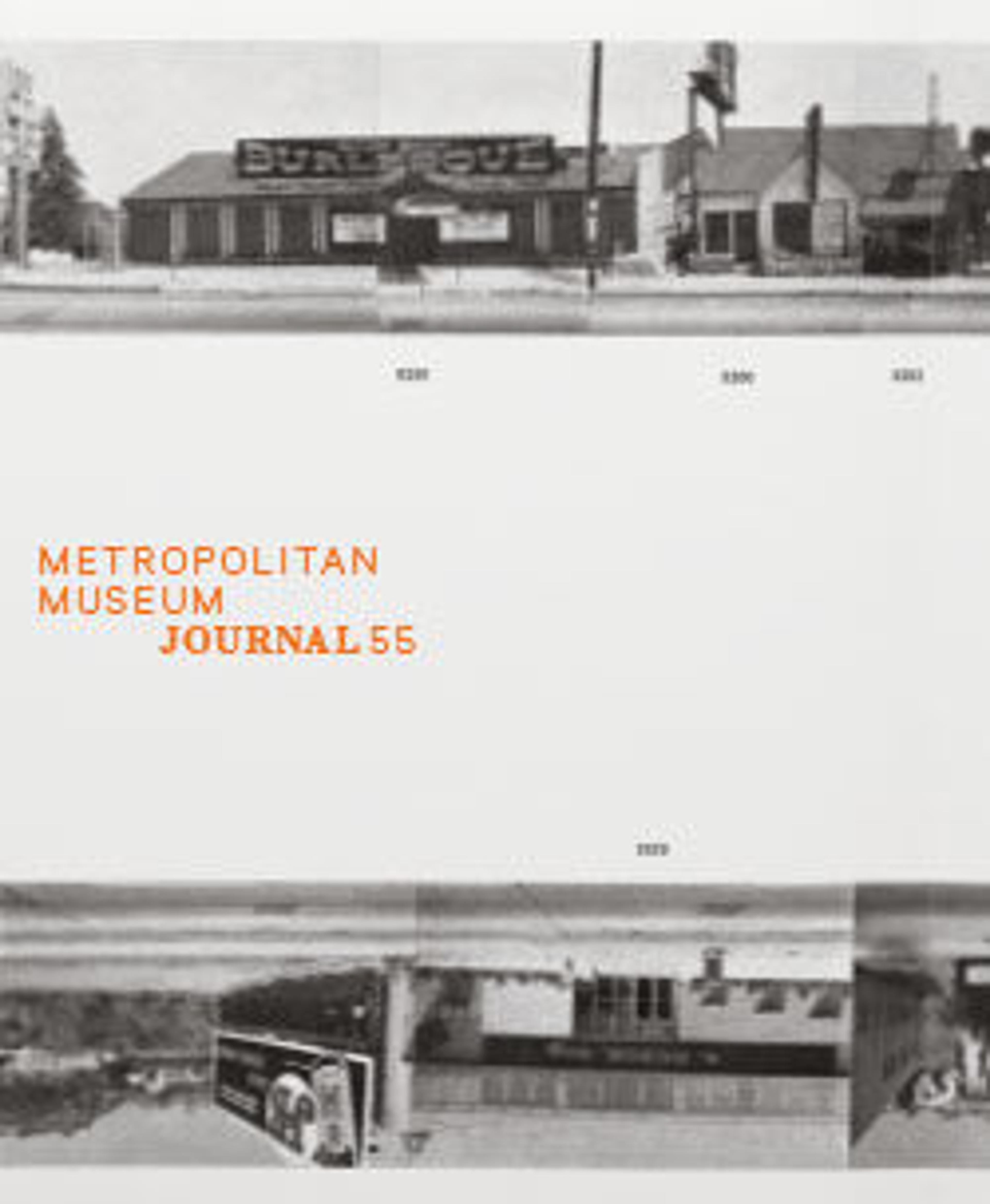Pianoforte Guittar (Keyed cittern/English guittar)
The English guittar [sic] was a six-course wire-strung cittern, most popular in Britain in the second half of the eighteenth century. Christian Claus was the first patent holder for the "pianoforte guittar", an invention which integrated a piano hammer mechanism into the body of the cittern. This novel instrument enjoyed tremendous popularity in the 1780s, but in 1789 Claus left London for New York (fleeing his creditors) and his competitors also ceased making them at around this time. There are a few pianoforte guittars by Claus that were made in New York.
This instrument is an excellent example of Claus’s instruments and includes multiple features from his 1783 patent. Namely the "harp stop", built into the bridge, which could slide into contact with the strings immediately next to the saddle and would mute the sound and removed higher partials, making it sound more like a harp.
(Daniel Wheeldon, 2023)
This instrument is an excellent example of Claus’s instruments and includes multiple features from his 1783 patent. Namely the "harp stop", built into the bridge, which could slide into contact with the strings immediately next to the saddle and would mute the sound and removed higher partials, making it sound more like a harp.
(Daniel Wheeldon, 2023)
Artwork Details
- Title:Pianoforte Guittar (Keyed cittern/English guittar)
- Maker:Christian Claus (German, active London ca. 1783–1793 New York)
- Date:1783–89
- Geography:London, England, United Kingdom
- Culture:British
- Medium:Wood and various materials
- Dimensions:Total length 71.4 cm., Fingerboard width 22.7 cm., Fingerboard width--top/bottom 4.7/6.0 cm.,
Body length 40.5 cm.
Body width--widest/narrowest 30/-
Body depth--neck/foot 6.5/8.5 cm.
Vibrating length of strings 44 cm., Bridge height 2.5 cm. - Classification:Chordophone-Lute-plucked-fretted
- Credit Line:The Crosby Brown Collection of Musical Instruments, 1889
- Object Number:89.4.1013
- Curatorial Department: Musical Instruments
More Artwork
Research Resources
The Met provides unparalleled resources for research and welcomes an international community of students and scholars. The Met's Open Access API is where creators and researchers can connect to the The Met collection. Open Access data and public domain images are available for unrestricted commercial and noncommercial use without permission or fee.
To request images under copyright and other restrictions, please use this Image Request form.
Feedback
We continue to research and examine historical and cultural context for objects in The Met collection. If you have comments or questions about this object record, please contact us using the form below. The Museum looks forward to receiving your comments.
